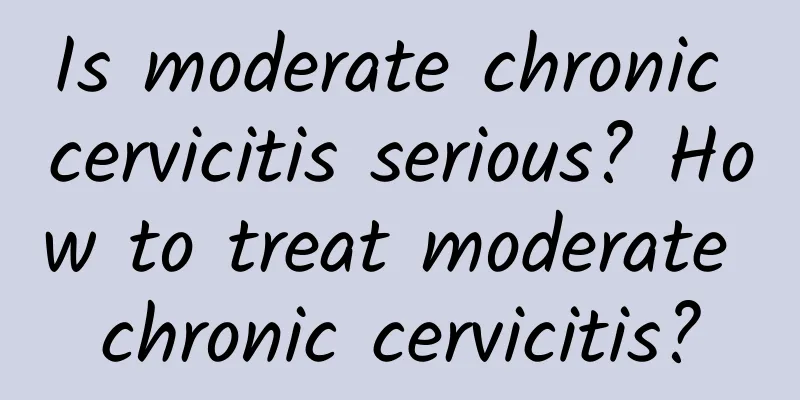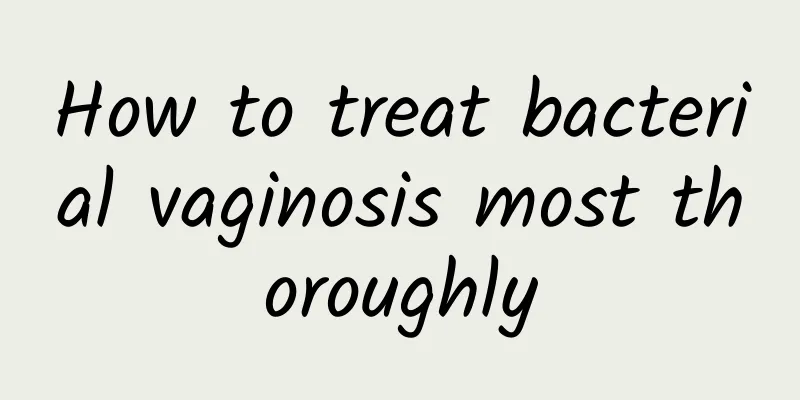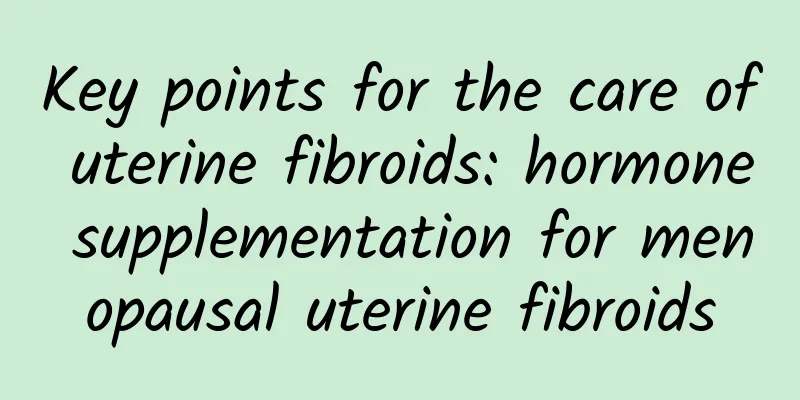Is moderate chronic cervicitis serious? How to treat moderate chronic cervicitis?

|
We all know that women's bodies are relatively fragile and are susceptible to bacterial infections and gynecological diseases. Gynecological diseases are very troublesome and not only cause harm to women's bodies, but also affect their lives. Therefore, when suffering from gynecological diseases, they must be checked and treated in time to avoid delays in the disease. Many women suffer from some gynecological diseases, which not only harm the body but also bring inconvenience to life. Cervicitis is one of the more common gynecological diseases. The symptoms of cervicitis are not obvious, so it is difficult to be detected. When it is discovered, it is already moderate cervicitis. So how should moderate cervicitis be treated? Let's learn about it together below. Moderate chronic cervicitis is relatively serious and has more obvious symptoms, such as lower abdominal pain, abnormal increase in leucorrhea, bleeding after the end of menstruation, and other vaginal inflammation and genital itching. Pain occurs after sexual intercourse. If not treated in time, it will lead to infertility and other more serious consequences. At present, there are many ways to treat moderate chronic cervicitis, such as the common surgical treatment and drug treatment. How to treat moderate chronic cervicitis? 1. Treatment with Chinese medicine. You can use lithospermum oil, which is mainly used to treat cervicitis and cervical erosion. The prescription contains lithospermum. Apply it to the cervix and upper vagina once every other day, 10 times a course of treatment. It should be noted that during the treatment of cervicitis, sexual intercourse should be prohibited and it should be discontinued during menstruation. 2. Western medicine. Western medicine used to treat uterine inflammation is mostly anti-inflammatory and sterilizing. Common Western medicines used to treat uterine inflammation include levofloxacin, clindamycin, ampicillin sodium, etc. When taking them orally or using Western medicine for treatment, some patients will experience abnormal vaginal discharge or even itching symptoms, so it is recommended that patients can cooperate with vaginal medication, which is mainly suppositories. 3. Diet control: During the treatment period, patients should control their diet and avoid eating spicy or irritating foods. |
<<: How to treat chronic cervicitis? Chinese medicine can treat chronic cervicitis
Recommend
Beware of three factors that can induce ectopic pregnancy
Understanding the causes of ectopic pregnancy and...
Is pelvic inflammatory disease contagious to men?
I believe many people know that pelvic inflammato...
Typical symptoms of threatened abortion
Typical symptoms of threatened abortion include v...
What causes menstrual abnormalities?
What causes menstrual abnormalities? Menstrual ab...
Sit-ups hurt your lumbar spine! Do "crunches" instead to train your abdominal muscles
In order to slim down their belly and train their...
In daily life, we should do a good job in preventing uterine fibroids
Many women will suffer from uterine fibroids due ...
Treatment measures for vulvar itching
Many women have suffered from vulvar itching in t...
The effect of progesterone capsules. Learn about these drug knowledge and use them correctly
Progesterone soft capsules are mainly used to tre...
Where are uterine fibroids during lactation? How to treat uterine fibroids during lactation?
Where are uterine fibroids located during lactati...
Excessive visceral fat can lead to metabolic syndrome! Nutritionist Pan Fuzi: Stay away from the three major risks and reduce visceral fat
Fat is one of the energy sources of the human bod...
Does adnexitis affect women's lives?
After suffering from gynecological diseases, many...
What is a left ovarian cyst? Is it a malignant tumor?
Ovarian cyst is a common gynecological tumor dise...
Chinese medicine tea therapy for amenorrhea
Amenorrhea is a disease that is difficult to treat...
Nutritionist's carbon-reducing rice dumplings protect the health of the whole family
On the eve of the Dragon Boat Festival, Taichung ...
What are the prevention methods for cervical hypertrophy?
Cervical hypertrophy is a type of chronic cervici...









